We know, it’s too soon to say “after COVID.” But with quarantine behind us and society reopening, we are certainly less locked down than we were a year ago. If you’re like many people, you might be chomping at the bit to take that long overdue vacation. However, before you get another passport stamp, it pays to protect yourself. Even as countries in Europe and elsewhere reopen their doors, the danger hasn’t passed. Please follow these eight tips for safe travel “after COVID.”
1. Get Vaccinated
As of this writing, less than half of Americans qualify as fully vaccinated, although more than that have gotten at least one dose of one of the COVID-19 vaccines on the market today. If you contracted the virus and later received a jab, you might have even higher immunity levels.
Travel is one reason to call your doctor and book your appointment. Doing so drastically reduces your risk of ending up in a foreign hospital with a severe illness resulting from the virus. It takes two weeks after the second dose of a 2-shot regimen to reach fully vaccinated status, so please schedule your jab well before your departure date.
What about your children? Those 12 and older are now eligible for the vaccine. Authorities continue to investigate how vaccines will work in younger children, but they anticipate mid-winter availability.
2. Carry Hygiene Supplies
You’re not alone if you eye your airline tray table with a bit more suspicion these days. Fortunately, the TSA does not classify antiseptic wipes as a liquid, so go ahead and pack some in your carry-on and wipe down everything you might touch. You may be ready to travel after COVID, but you still want to be careful. Likewise, keep that hand sanitizer on your keychain or in your purse. Hand washing remains one of the best ways to prevent infectious disease, but you don’t always have soap and water handy.
You might also be interested in:
- 7 Tips for Productive Packing
- Travel Checklist: Get Your Home Vacation Ready
- Using CBD for Travel May Have More Benefits Than You Think
3. Wear a Mask
Even if you have gotten used to going mask-free, you’ll need to put one on to board a plane. Giving the flight crew a hard time about this requirement can result in costly fines or prison time — please obey the rules without complaint. While cloth masks aren’t 100% effective at preventing transmission of the novel coronavirus and other germs, they reduce the numbers entering your airways. Therefore, masking up protects both you and your fellow passengers from multiple strains of nasty bugs.

4. Talk to the Hotel
Hotels vary in their cleaning approaches. While you might have formerly opted for those who used natural cleansers, you should now ensure that the products your establishment uses make the EPA list of approved varieties for killing the SARS-CoV-2 virus. Likewise, inquire what social distancing measures they maintain, if any. Is their fitness room equipment sufficiently spaced apart to let you work out without coming into close contact? Do they still limit seating capacity in their onsite restaurant?
5. Take Your Vitamins
Some nutrients decrease your chances of illness — but only if you take them at the right time. Vitamin C and zinc can reduce cold duration and severity slightly if you take them before or just after symptoms appear. Loading up on your vitamins before you depart strengthens your immune response and gives you a better chance of a speedy recovery if you do contract something. This isn’t to say that vitamins are a magic preventative, but for travel after COVID anything that might keep you healthy and out of a hospital is a good idea.
6. Plan Outdoor Activities
Many health experts agree that you face a much lower risk of transmission outdoors than at crowded indoor venues. Therefore, you can reduce your chances of getting sick on the road by planning activities that get you in the fresh air. If you’re planning a tropical getaway, why not swim with the dolphins or even take a spin in a shark tank? Instead of taking public transportation, walk or rent a bike to reach various attractions. You’ll stave off the dreaded weight gain that can follow too many overindulgent “I’m on holiday” meal splurges and see more of the city. You might even discover a new favorite boutique restaurant on your way to the conference center.
7. Consider Travel Insurance
Even though most countries in Europe have opened to American visitors, the rules remain subject to change. Nearly every destination requires you to provide proof of a negative COVID test to board a plane. What happens if you test positive? In such instances, you will probably have to quarantine until you recover. Please ensure you can recuperate the cost of your ticket. It’s also wise to talk to folks back home — like your boss — in case of unanticipated delays.
8. Use Your Phone
To travel after COVID, some countries require you to get a vaccine passport. You’ll need to download a special app and upload your information on your smartphone. That’s not the only way these devices can come in handy, though. Even if you don’t get the passport app, some public venues might require proof of vaccination to enter. Snapping a photo of your vaccine card ensures that you’ll always have a copy. You can also keep up-to-date on changing travel restrictions and monitor your flight’s ETA with the right app.
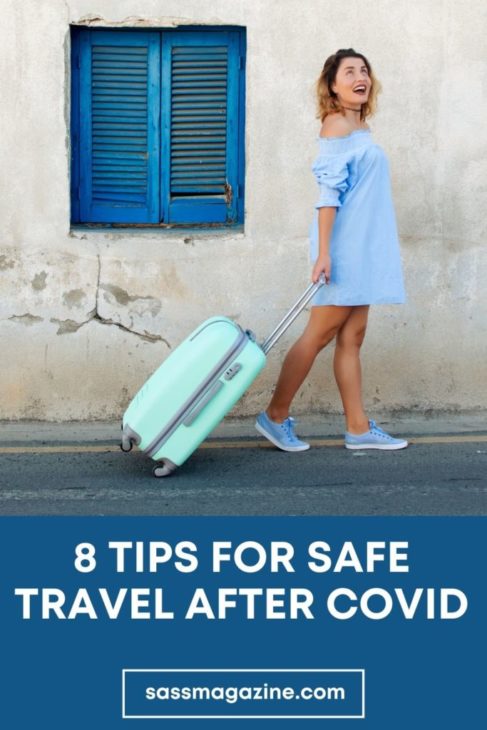
Kim is the owner and publisher of Sass Magazine, as well as the owner of Sass Studios, a boutique graphic design studio in Frederick, MD. When not in the office, Kim can be found doing some of her favorite hobbies—reading a book, dancing, traveling, or playing with her rescued pitbull.

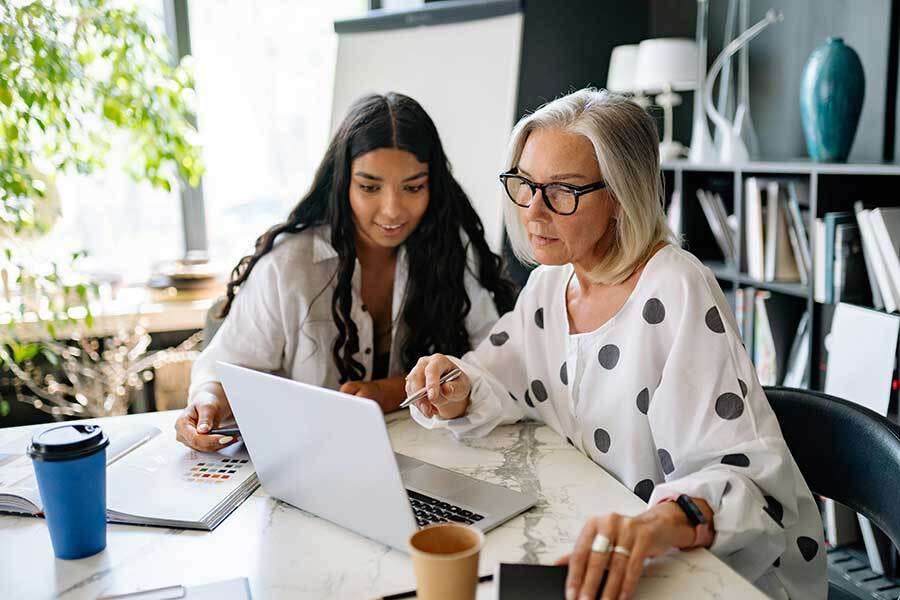

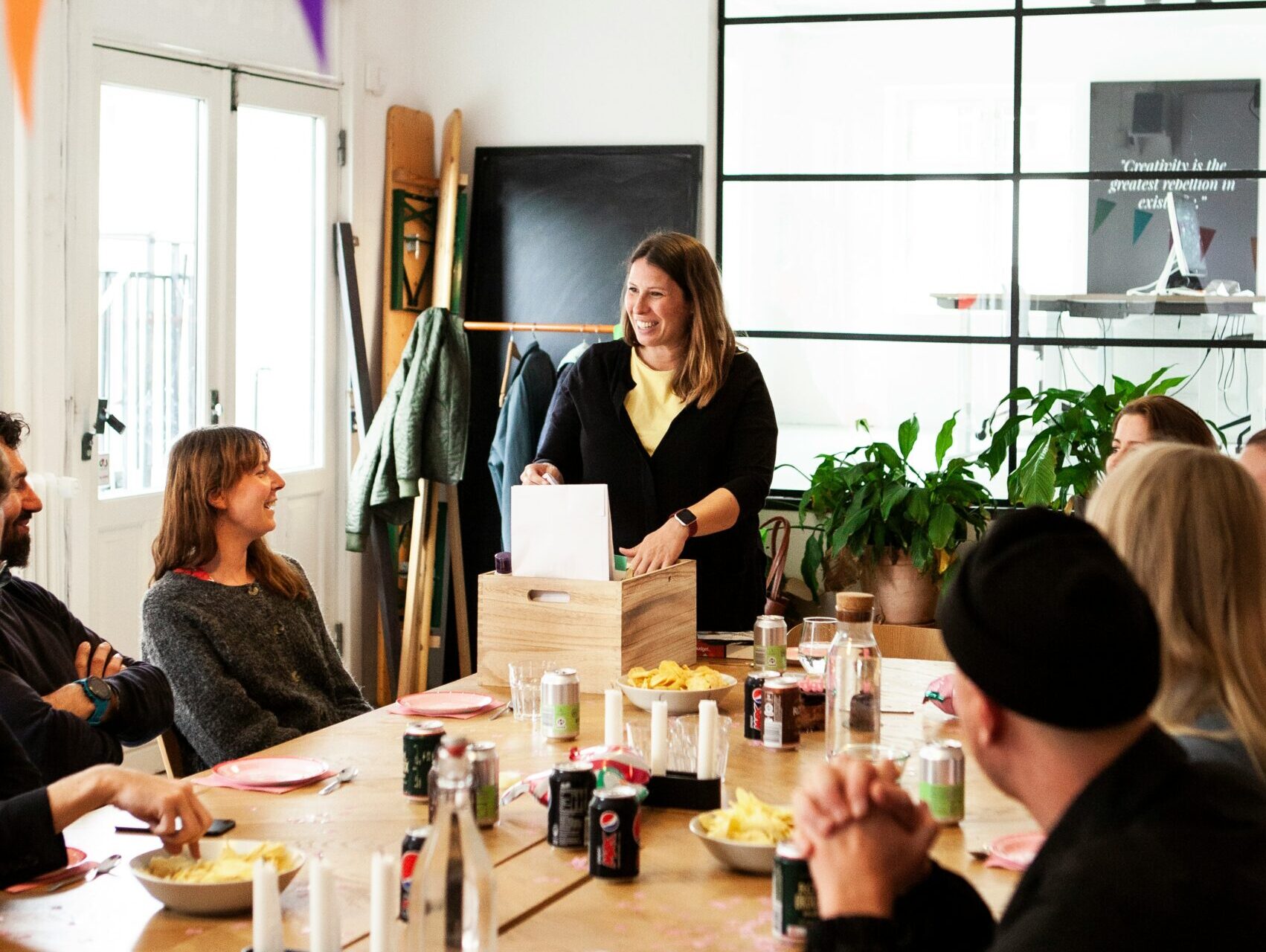

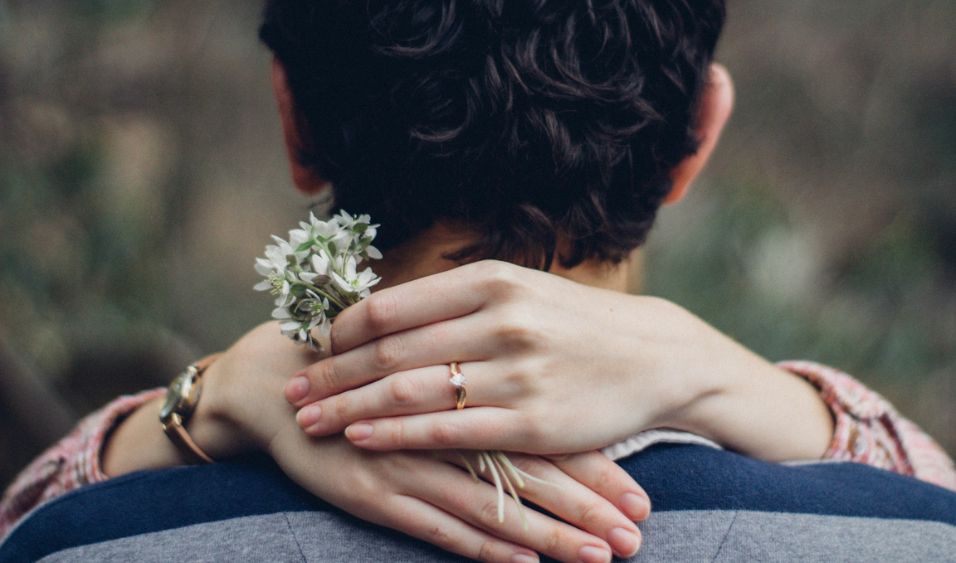




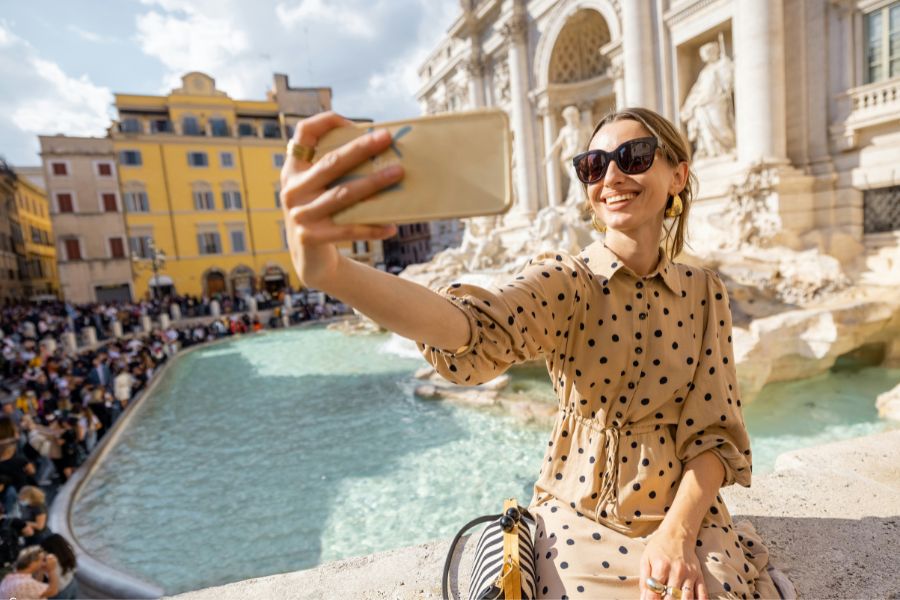

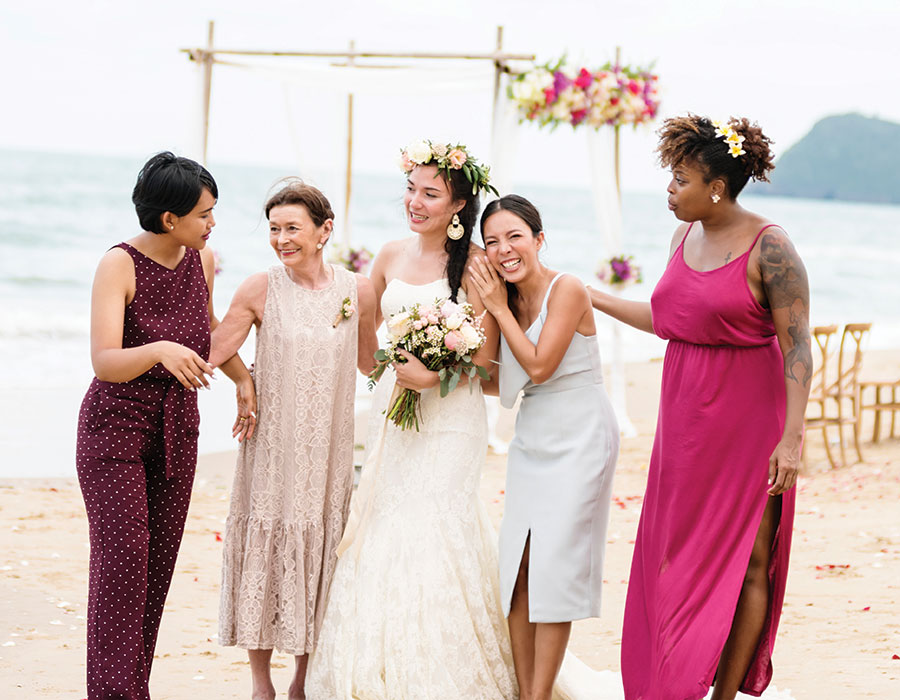

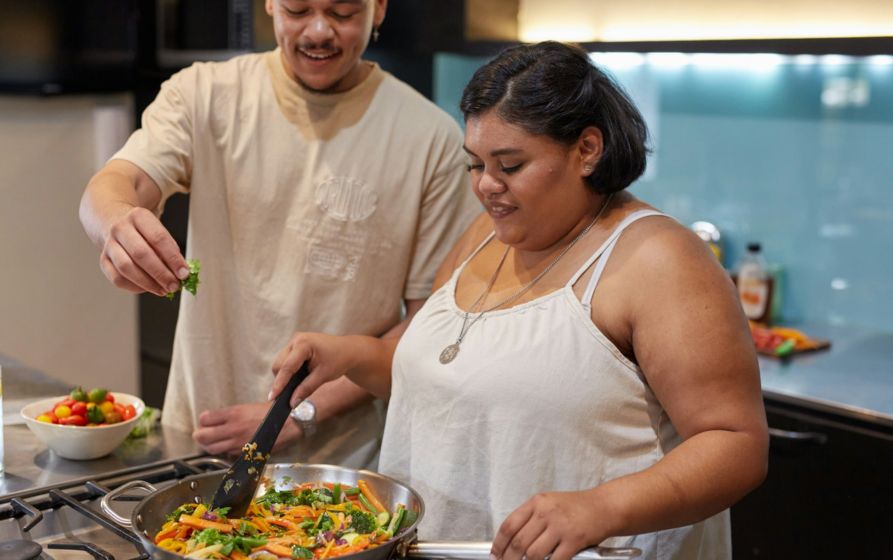



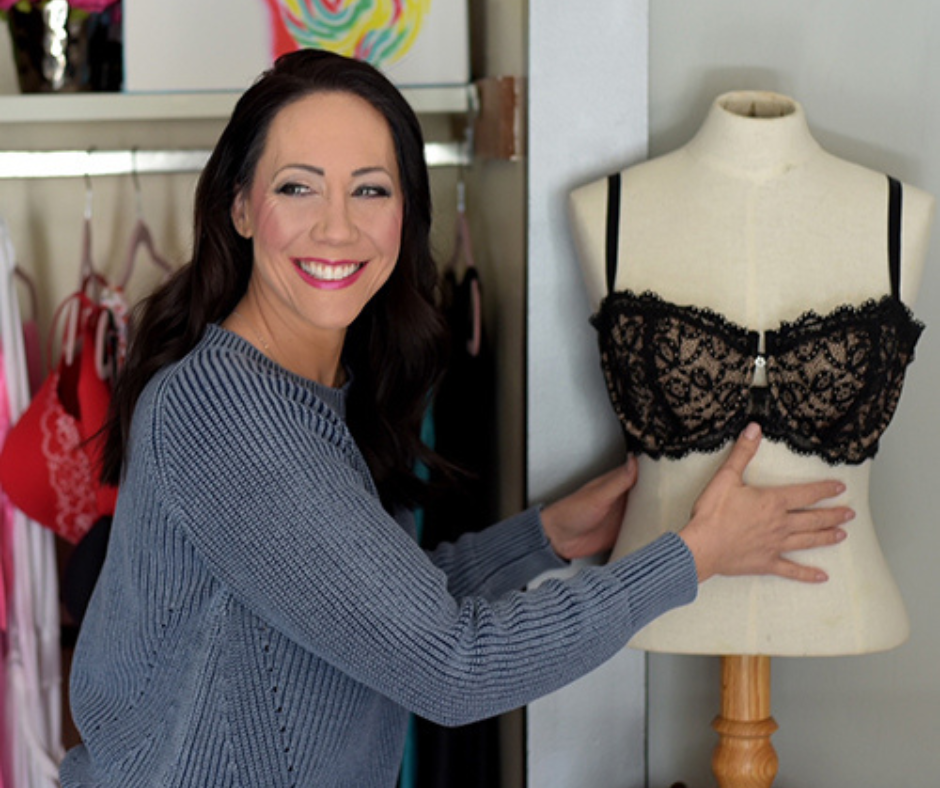
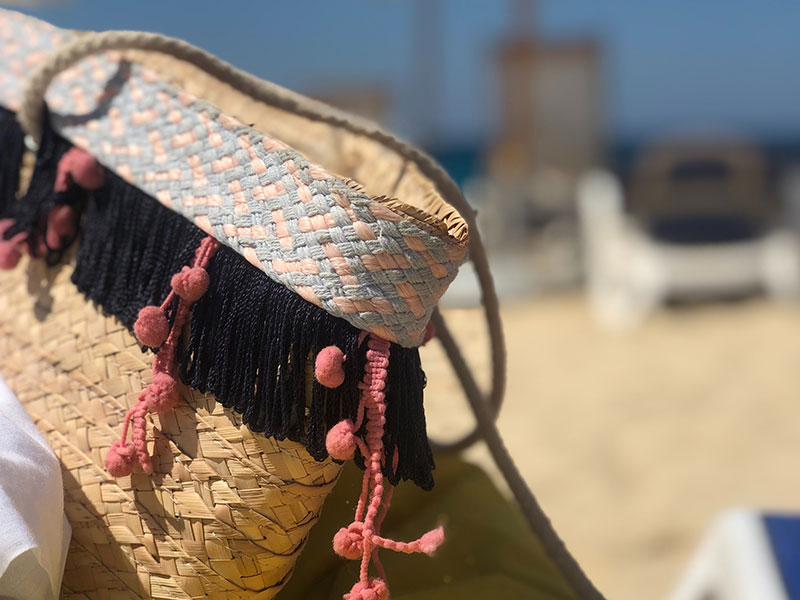
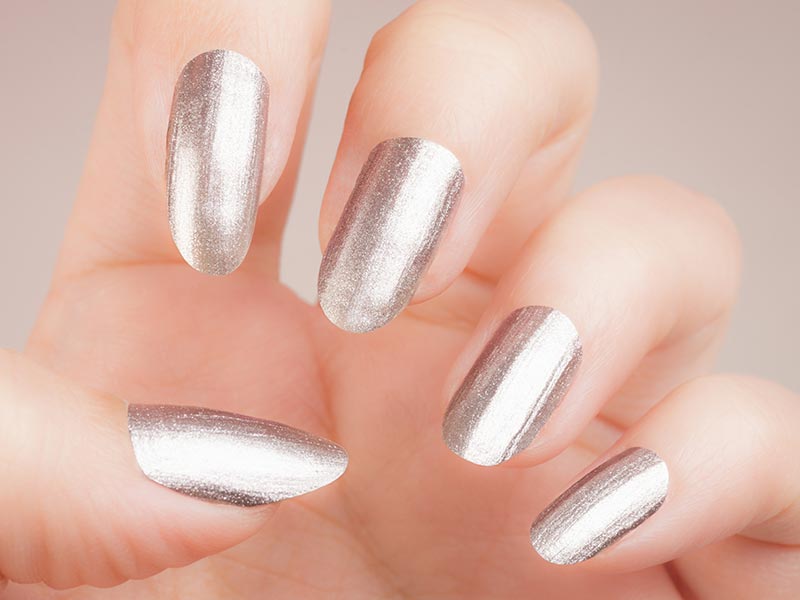

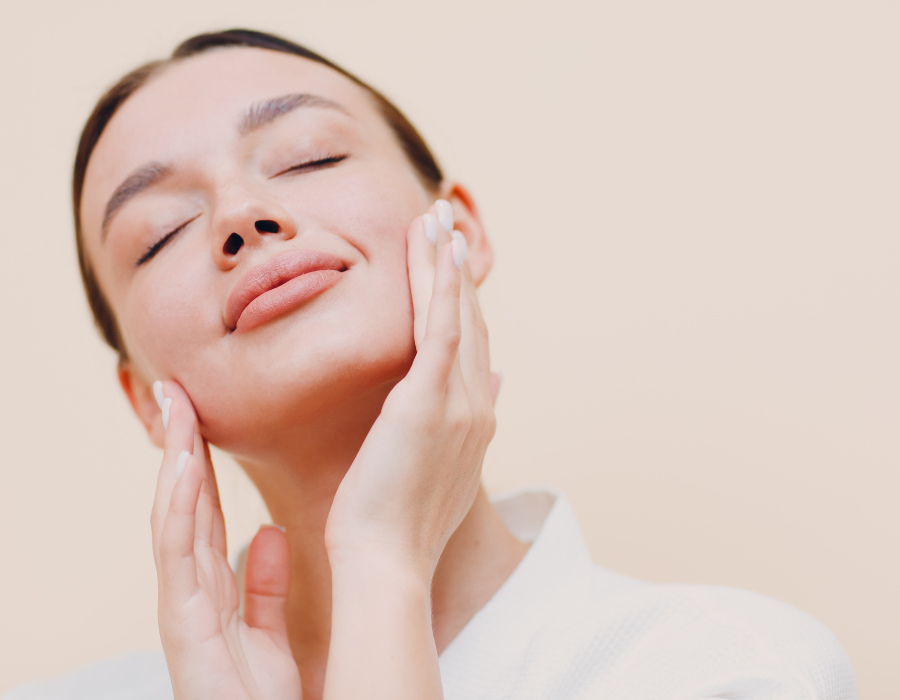
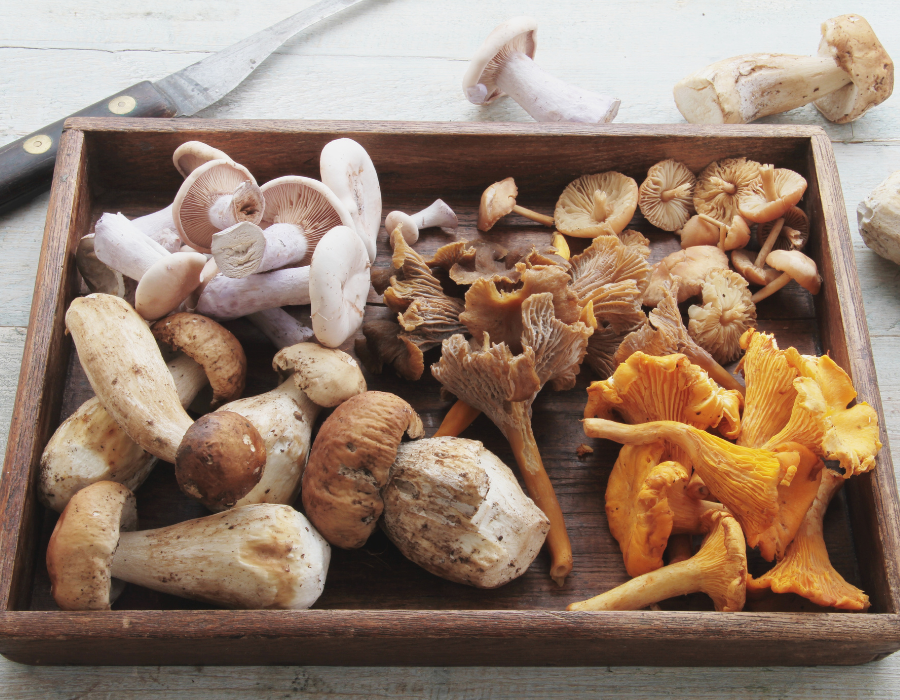
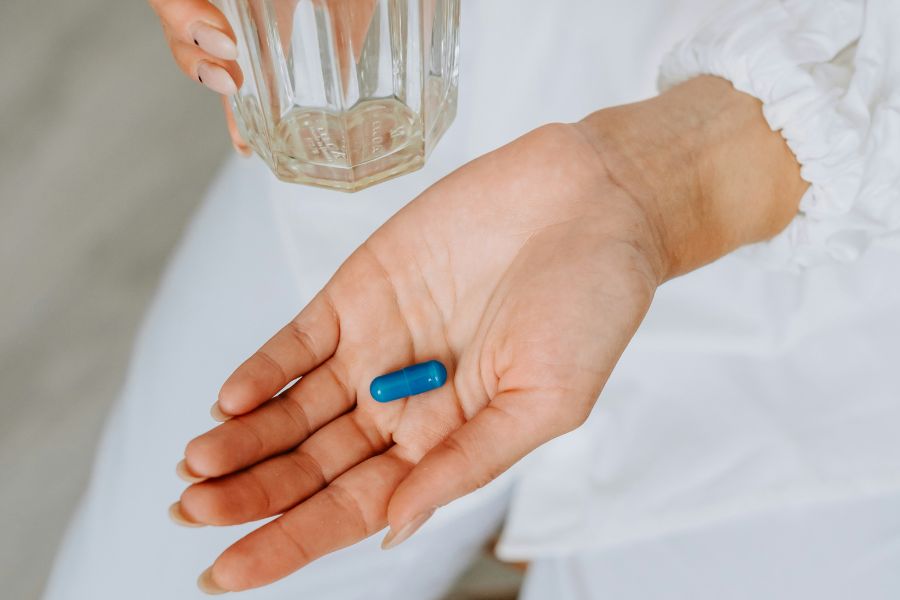
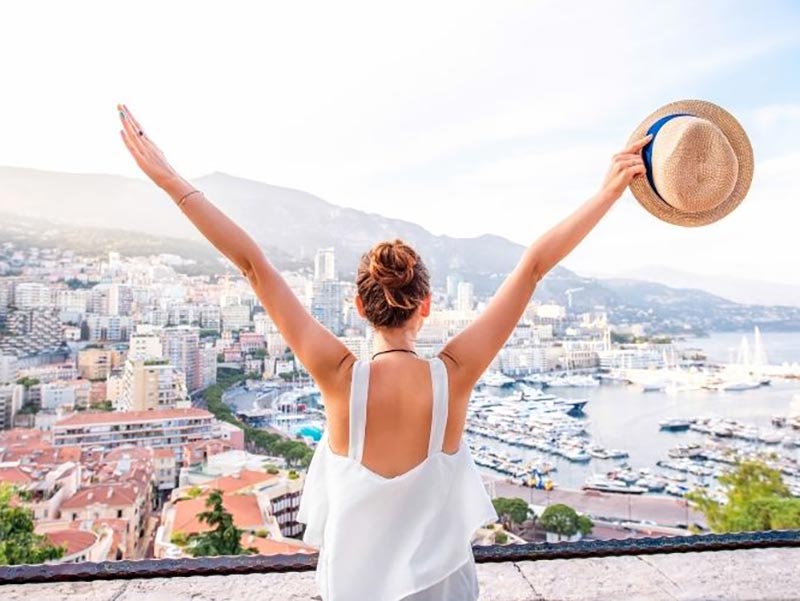

Subscribe so you don’t miss a post
Sign up with your email address to receive news and updates!